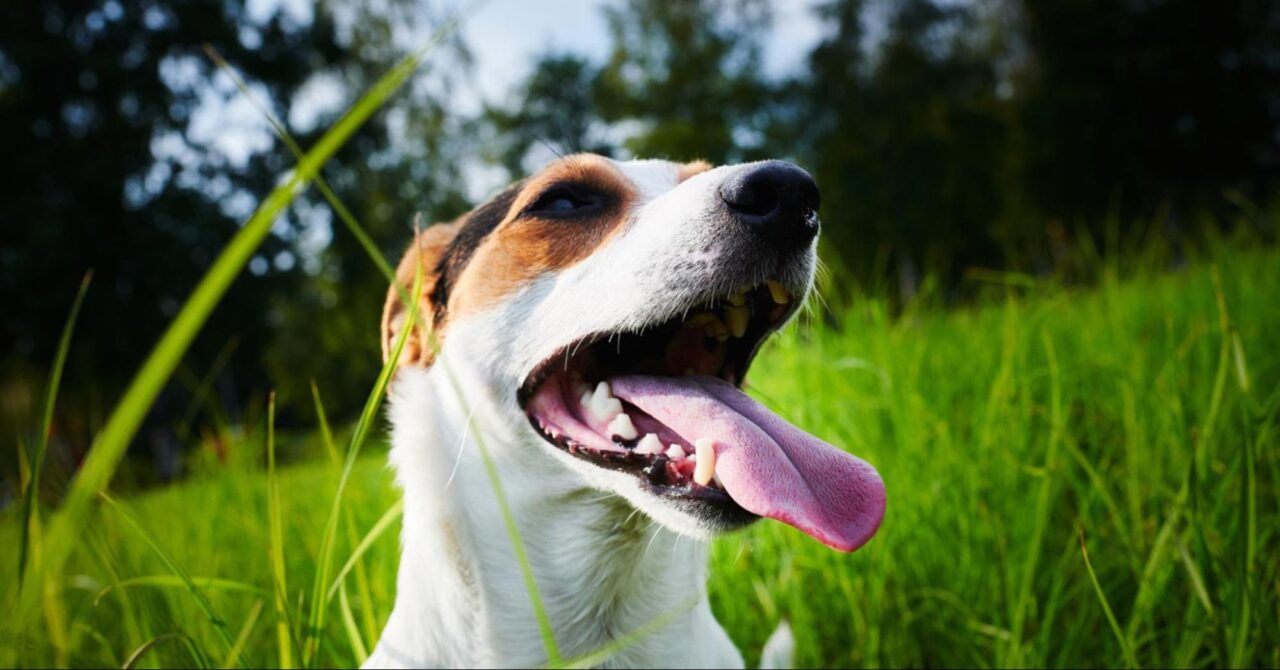Introduction
When Do Cats Stop Growing? A Full Guide to Cat Growth, Watching a kitten grow into a full-grown feline companion is a joyous journey filled with curiosity and wonder. If you’ve ever wondered when your adorable furball will reach their adult size, you’re not alone. Understanding the growth stages of cats and the factors influencing their development can provide insights into this furry transformation.
Understanding Cat Growth Stages
Kittenhood (0-6 Months)
During the initial months of life, kittens experience rapid growth akin to human babies. This period is marked by significant changes in size and development. Kittens are known for their playful antics and boundless energy during this phase.
Rapid Growth Phase: Kittens grow the most during the first few months of life. They may double or even triple their birth weight within a matter of weeks.
Development of Skills: Alongside physical growth, kittens learn essential skills like hunting, grooming, and socialization from their mother and littermates.
Adolescence (6-12 Months)
Around 6 months, kittens start transitioning into adolescence. Growth slows down during this stage, and cats become more independent.
.Slower Growth: While not as rapid as before, cats continue to grow during adolescence, albeit at a slower rate.
.Behavior Changes: Adolescence brings about behavioral changes as kittens assert their independence. Playfulness may still be high, but they begin to exhibit more mature behaviors.
Adulthood (1 Year Onwards)
As tabby cats approach their first birthday, they blossom into full-fledged adults, embodying grace and maturity. Most cats reach their full size by this age.
Final Growth Spurts: Some cats may experience final growth spurts between 9-12 months.
Stable Size: Generally, cats stop growing by the end of their first year, although certain larger breeds may continue to fill out until they are 2-4 years old.
Factors Affecting Growth
Several factors influence a cat’s growth trajectory:
- Breed Variations: Different cat breeds have varying growth rates and adult sizes.
Nutrition: Proper nutrition is crucial for healthy growth. High-quality kitten food rich in essential nutrients supports optimal development.
Health and Genetics: Genetics plays a significant role in determining a cat’s growth potential. A healthy kitten with good genetics is likely to reach its full size.
Signs of Growth Completion
Determining when a cat has stopped growing involves observing both physical and behavioral changes:
- Physical Changes: A noticeable decrease in size gain, particularly around the face and paws, indicates that growth is nearing completion.
Behavioral Changes: Cats may exhibit less hyperactivity and settle into their adult personality.
Tips for Healthy Growth
To nurture your kitten into a thriving adult cat, providing love and proper care is the key to fostering a lifelong bond filled with joy and companionship.
- Balanced Diet: Feed your kitten a diet tailored to its age and breed.
- Regular Vet Visits: Schedule regular check-ups with your veterinarian to monitor growth and address any health concerns.
- Play and Exercise: Encourage physical activity to support muscle development and overall health.
- Love and Care: Provide a nurturing environment filled with love and attention.
When Do Cats Reach Adult Size?

Cats generally reach their full adult size by around 12 months of age. Smaller breeds mature more quickly, while larger breeds can take longer to reach their final size. It’s important to note that although they stop growing in size, cats may continue to gain weight due to diet and lifestyle factors.
Health Considerations
Monitoring your cat’s growth is vital. Sudden changes in growth patterns or size could signal health issues. Regular veterinary check-ups and maintaining a healthy lifestyle can prevent complications and ensure your cat’s well-being.
When Do Male Cats Stop Growing?
Ah, the growth of our beloved male cats—such a fascinating and heartwarming journey it is! As pet parents, we often wonder when our little kittens will reach their full size and become the majestic companions they are meant to be.
The Exciting Early Months
In the first few months of a male kitten’s life, there’s an undeniable charm in watching them grow. Their tiny paws scamper around, exploring the world with wide-eyed curiosity. It’s during this tender time that their bodies undergo rapid changes, and we start to envision the magnificent cats they will become.
The Adolescent Phase: A Time of Transformation
Around 4 to 12 months of age, male kittens enter adolescence—a period marked by significant growth spurts. It’s as if they have a secret mission to outgrow their favorite spots and surprise us with their newfound stature each day. This phase is filled with playful antics and a boundless energy that fills our homes with joy.
Reaching Maturity: The Journey’s End and Beginning
By around 12 months of age, most male cats reach their full adult size. It’s a bittersweet moment for pet parents, as we marvel at the transformation from a tiny ball of fur to a magnificent cat. Their unique personalities shine through, and we realize that our bond with them only grows stronger with time.
The Emotional Connection
The growth journey of a male cat is not just about physical changes; it’s about the emotional connection we share with our furry companions. We celebrate their milestones, from their first purrs to the confident strides of adulthood. Each meow and nuzzle becomes a cherished memory, reminding us of the beautiful journey we’ve embarked on together.
When Do Female Cats Stop Growing?
Ah, the growth of our dear female cats—it’s a captivating tale of transformation and companionship. As pet lovers, we cherish every moment of their development and eagerly anticipate when they’ll reach their full size and become the wonderful feline friends they’re destined to be.
The Tender Beginnings
In the early months of a female kitten’s life, there’s an enchanting innocence that captivates our hearts. Those tiny paws and curious eyes symbolize the start of a beautiful journey. It’s during this delicate phase that we witness their growth unfold, setting the stage for the remarkable cats they’ll become.
The Adolescent Stage: A Time of Wonder
Around 4 to 12 months of age, female kittens embark on their adolescence—a period of rapid change and discovery. Each day seems to bring new surprises as they explore their world with enthusiasm and grace. Their playful antics and affectionate nature fill our homes with joy and warmth.
Reaching Adulthood: A Moment of Pride
By approximately 12 months old, most female cats reach their full adult size. It’s a poignant moment for us as pet parents, reflecting on the journey from a tiny bundle of fur to a magnificent companion. Their unique personalities blossom, and we realize that our bond with them deepens with each passing day.
The Emotional Connection
Beyond physical growth, the journey of a female cat is a testament to the emotional bond we share. We celebrate their milestones—the first purrs, the gentle head nudges, and the comforting presence they offer. They become our confidantes, bringing solace and companionship in ways words cannot express.
When do cats stop growing tabby?
Tabby kittens, like all cats, go through distinct growth stages that shape their development into majestic adult cats. This journey is not only about physical changes but also emotional connections and joyful moments shared with your furry companion.
Early Months: Rapid Growth and Discovery
In the first few months of life, tabby kittens experience rapid growth similar to other breeds. This phase is marked by significant changes in size, appearance, and behavior.
Conclusion
The journey from kittenhood to adulthood is a remarkable phase filled with growth and discovery. By understanding the growth stages and providing the necessary care, you can ensure your furry friend reaches its full potential.
FAQs
How big will my cat get?
The size of your cat largely depends on its breed. Most cats reach their adult size by one year old.
Can I speed up my cat’s growth?
It’s important to allow your cat to grow at its natural pace. Rushing growth can lead to health issues.
My cat seems small for its age, should I be concerned?
Consult your vet if you’re worried about your cat’s growth rate. Small size alone isn’t always a cause for concern.
When does a cat reach full maturity?
Cats generally reach full maturity by the age of 1-2 years, depending on breed.
How can I tell if my cat has stopped growing?
Observe for a slowdown in size increase and behavioral changes indicating maturity.














